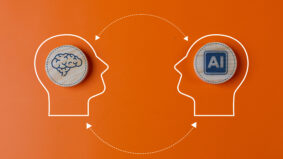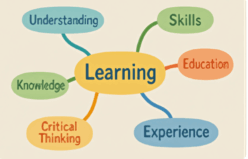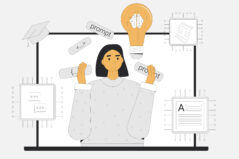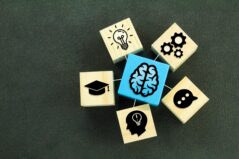
The AI Teammate: Three Roles to Build Student AI Fluency
AI is now embedded in teaching and learning. As educators, how do we help students benefit from AI without slipping into dependency, surface-level work, or ethical misconduct? I’ve found


AI is now embedded in teaching and learning. As educators, how do we help students benefit from AI without slipping into dependency, surface-level work, or ethical misconduct? I’ve found

What if the AI tools we are trying to limit and caution against were actually essential (or beneficial) to enhancing the critical thinking skills we

Parents who grew up in the ’80s and ’90s know the feeling: you’re listening to your kid’s playlist, and suddenly a song hits you with

If you’ve ever tried to make sense of a big, messy topic, whether it’s anatomy, psychology, or even planning a family vacation, you know how

Are you one of the reported 61% of higher education faculty now using AI in your teaching (Weaver, 2025)? A recent survey by the Digital

In today’s rapidly evolving educational landscape, artificial intelligence (AI) has transformed from a distant technological concept to an everyday tool accessible to our students. In

Inclusivity and feelings of psychological safety in the classroom should not be reserved solely for K-12 learning environments. Students in higher education also deserve nurturing

In a digitally-driven world, artificial intelligence (AI) has become the latest technology that either will save or doom the planet depending on who you speak

I recently attended a student panel on use of AI in college classes. The three panelists shared their perspectives, borne out in an April 2025

The traditional flipped classroom model, which reverses the conventional lecture-homework structure, has evolved significantly since its inception. In the digital era, especially post-pandemic, this strategy
Get exclusive access to programs, reports, podcast episodes, articles, and more!